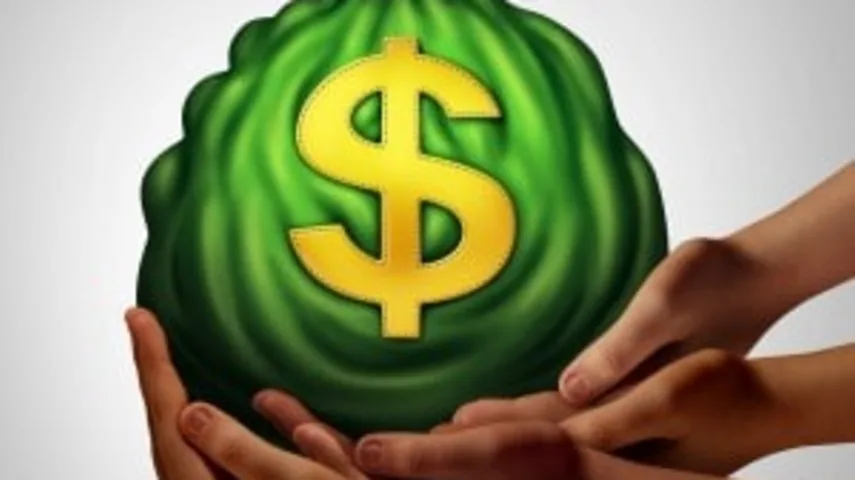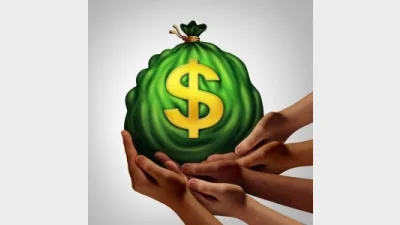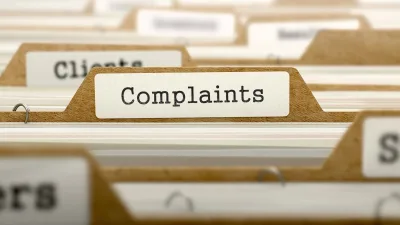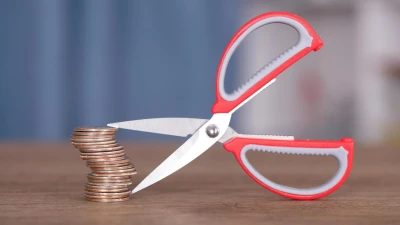Australians deserve fairer share – Oxfam



The richest 1% of Australians have more than doubled the wealth of the entire bottom 50% - more than 12.5 million people, while wages stagnate, according to research from Oxfam.
Oxfam had revealed this data ahead of the 2020 World Economic Forum in Davos, Switzerland, where the top 1% of Australians own 22.2% of the nation’s wealth.
Lyn Morgain, Oxfam chief executive, said the top 1% of Australians, which was a quarter of a million people, owned nearly US$1.6 trillion.
“This concentration of wealth in the hands of the super-rich is occurring while the share of wealth of the bottom half of our community has decreased over the last decade and workers’ wages continue to stagnate in Australia,” Morgain said.
At the global level, inequality affected women and girls the most, while the wealthiest 1% have more than double the wealth of 6.9 billion people.
Oxfam had calculated developing countries lose an estimated US$100 billion a year in tax revenue as a result of tax avoidance by multinational corporations.
The Australian Tax Office estimated that in 2016-17, large corporations avoided paying $2 billion in taxes – the same amount as the entire National Bushfire Recovery Fund.
“Australia needs to introduce public country-by-country reporting of tax affairs for large multinationals as well as a public register of beneficial ownership of companies and trusts,” Morgain said.
“Without this transparency, the Government is potentially losing out on billions of dollars of revenue every year.”
Recommended for you
The Australian Financial Complaints Authority has reported an 18 per cent increase in investment and advice complaints received in the financial year 2025, rebounding from the previous year’s 26 per cent dip.
EY has broken down which uses of artificial intelligence are presenting the most benefits for wealth managers as well as whether it will impact employee headcounts.
Advice licensee Sequoia Financial Group has promoted Sophie Chen as an executive director, following her work on the firm’s Asia Pacific strategy.
The former licensee of Anthony Del Vecchio, a Melbourne adviser sentenced for a $4.5 million theft, has seen its AFSL cancelled by ASIC after a payment by the Compensation Scheme of Last Resort.












